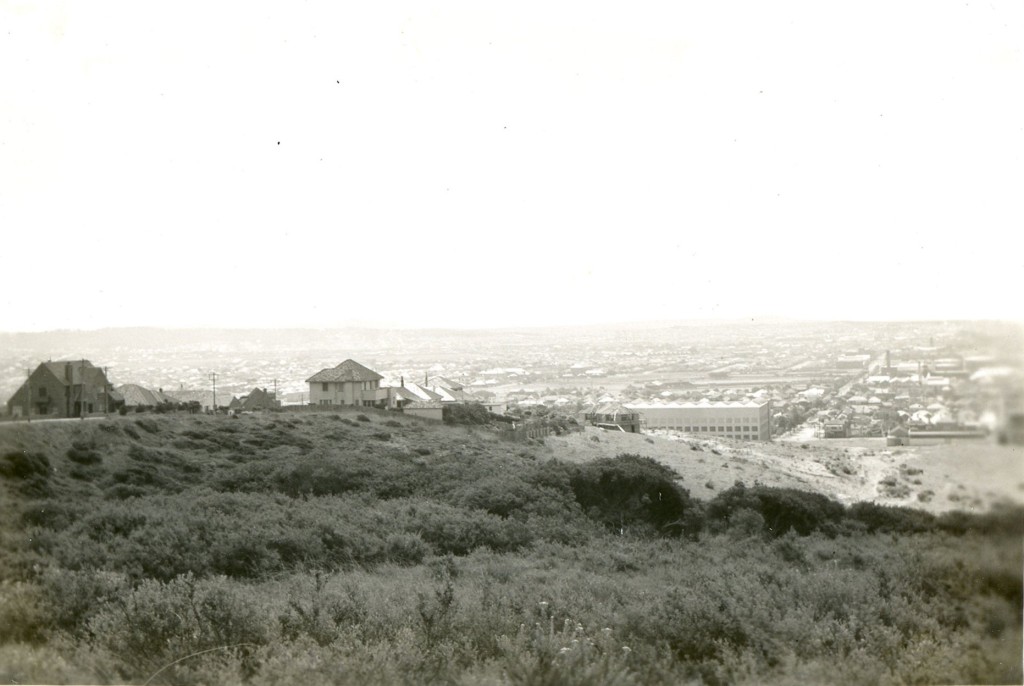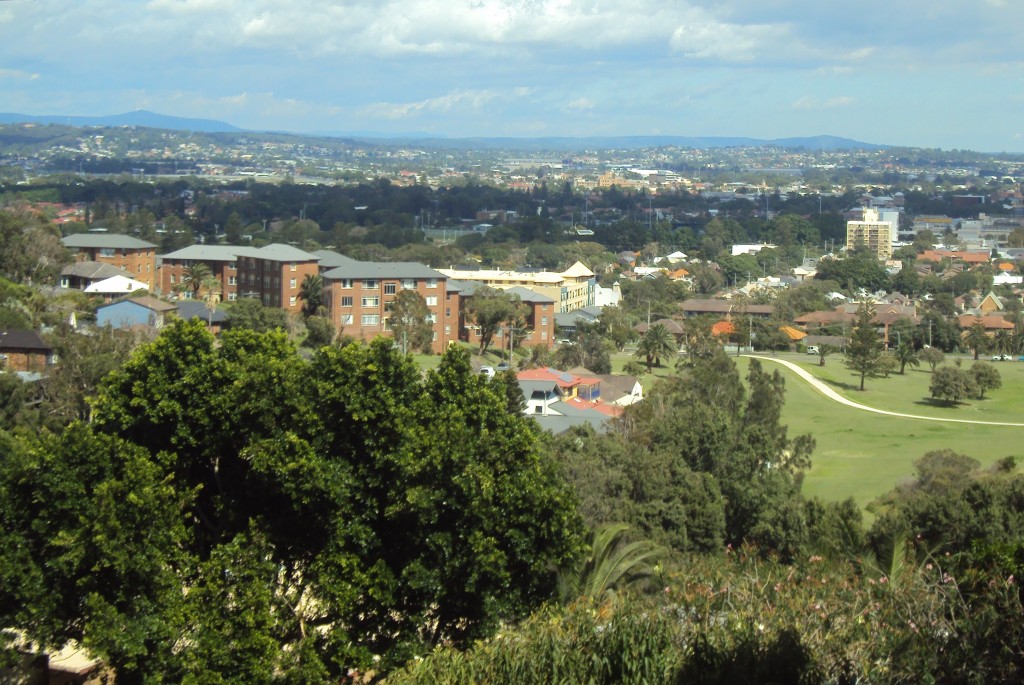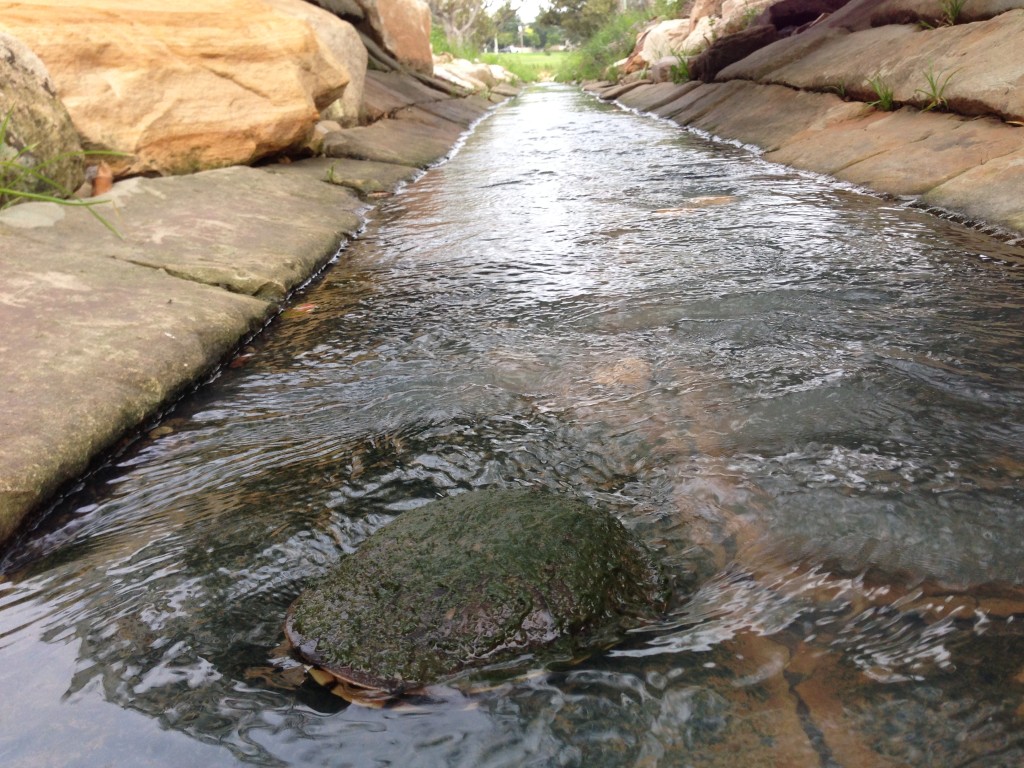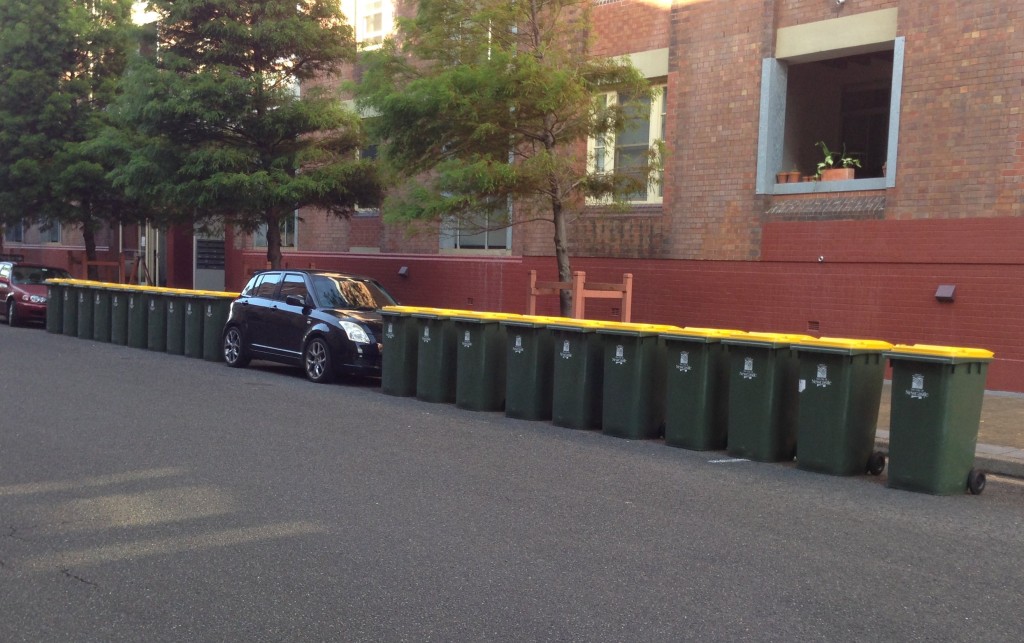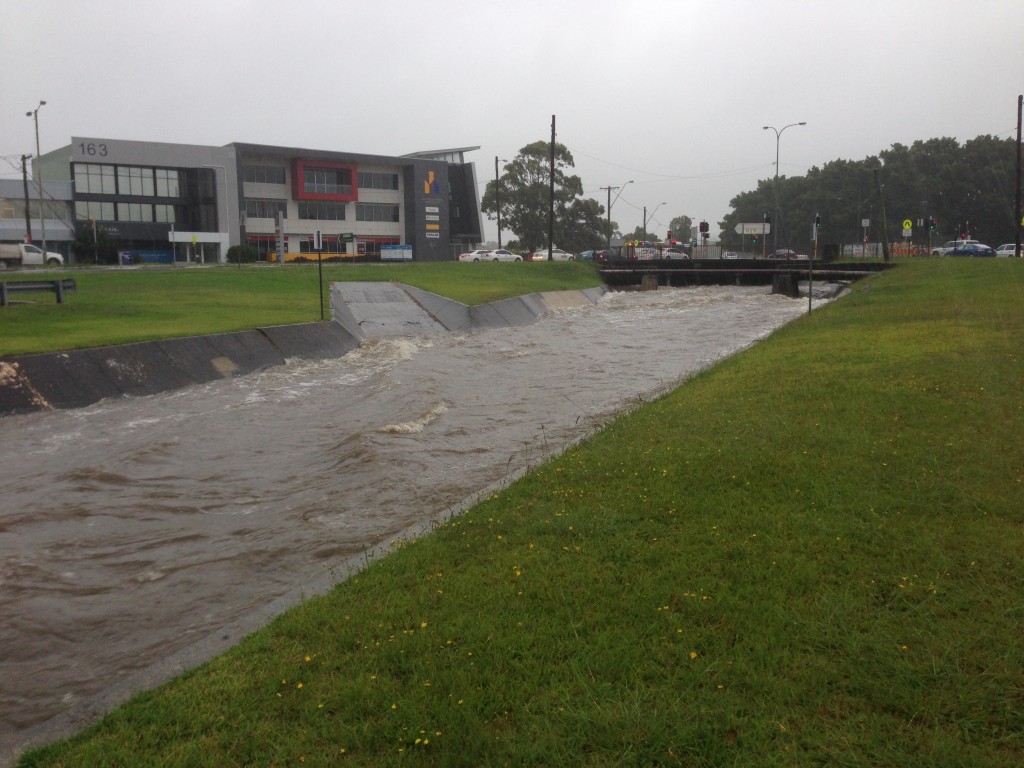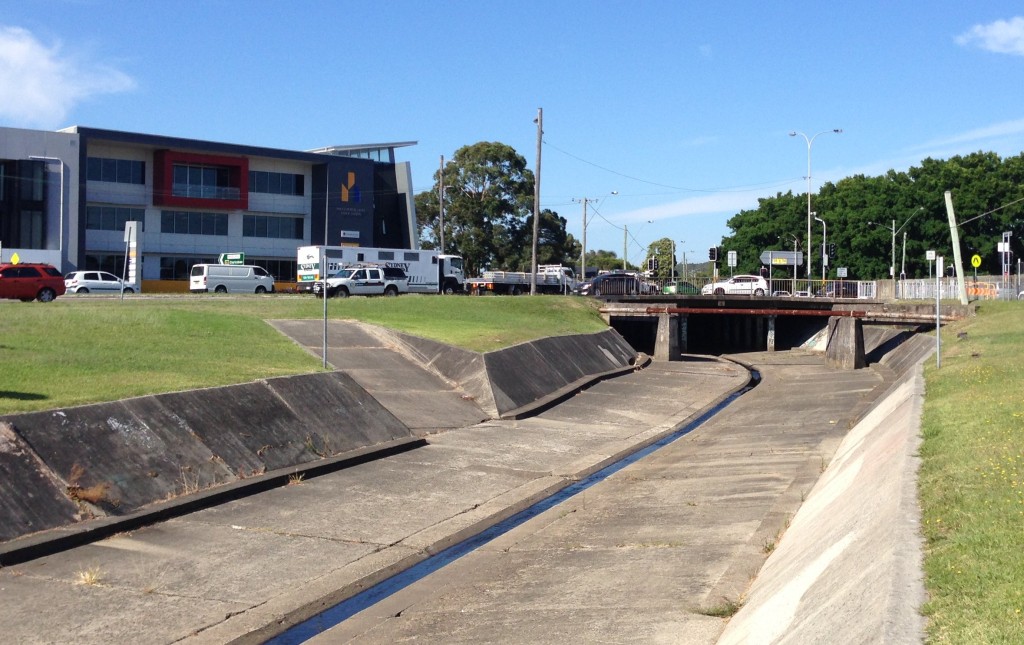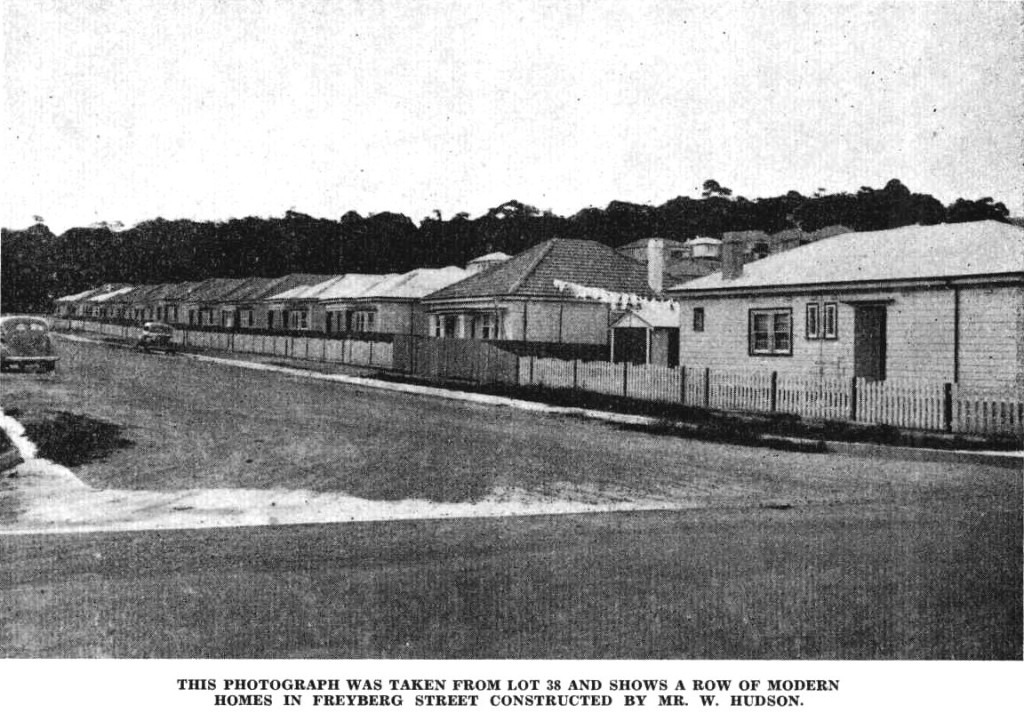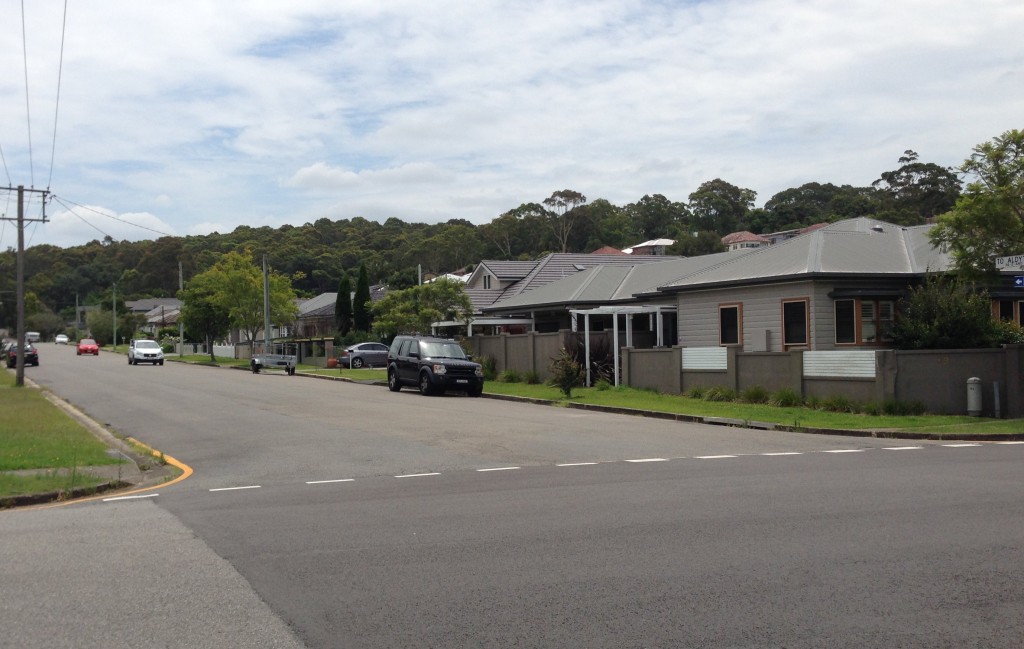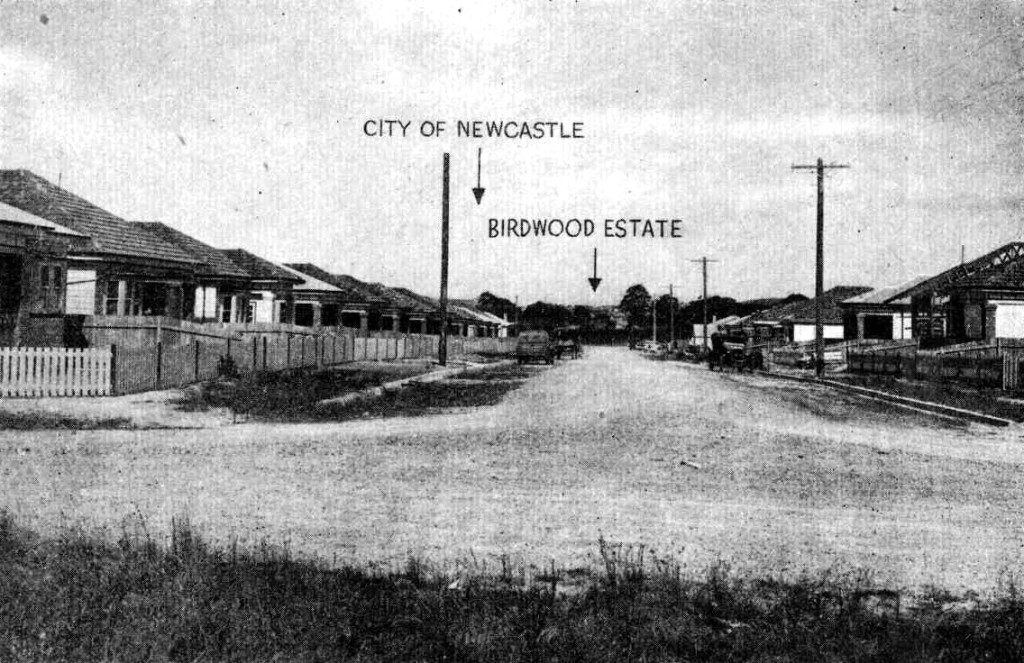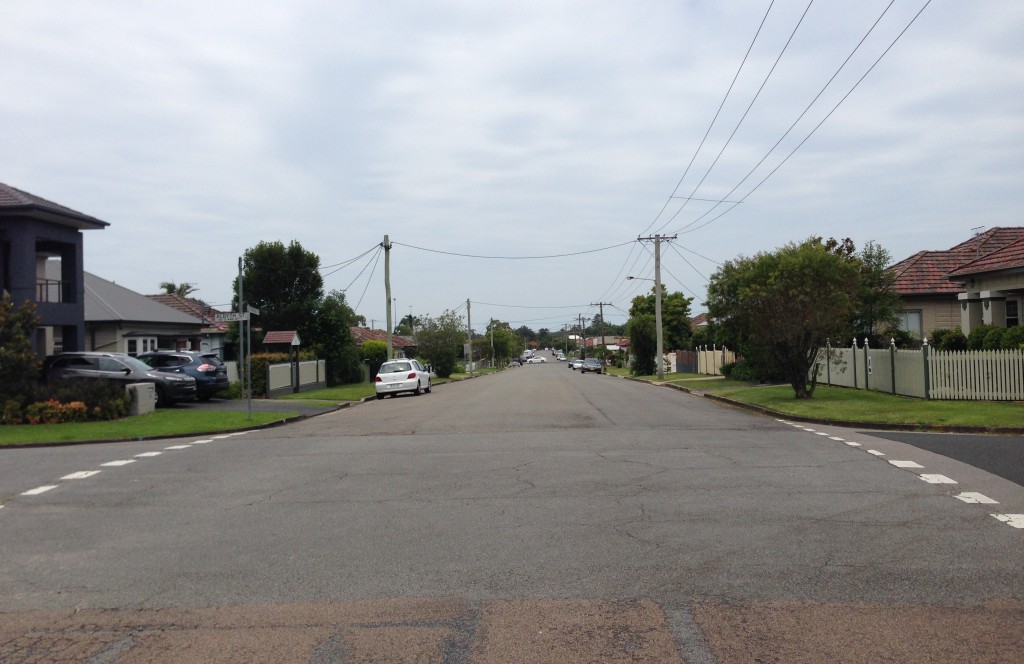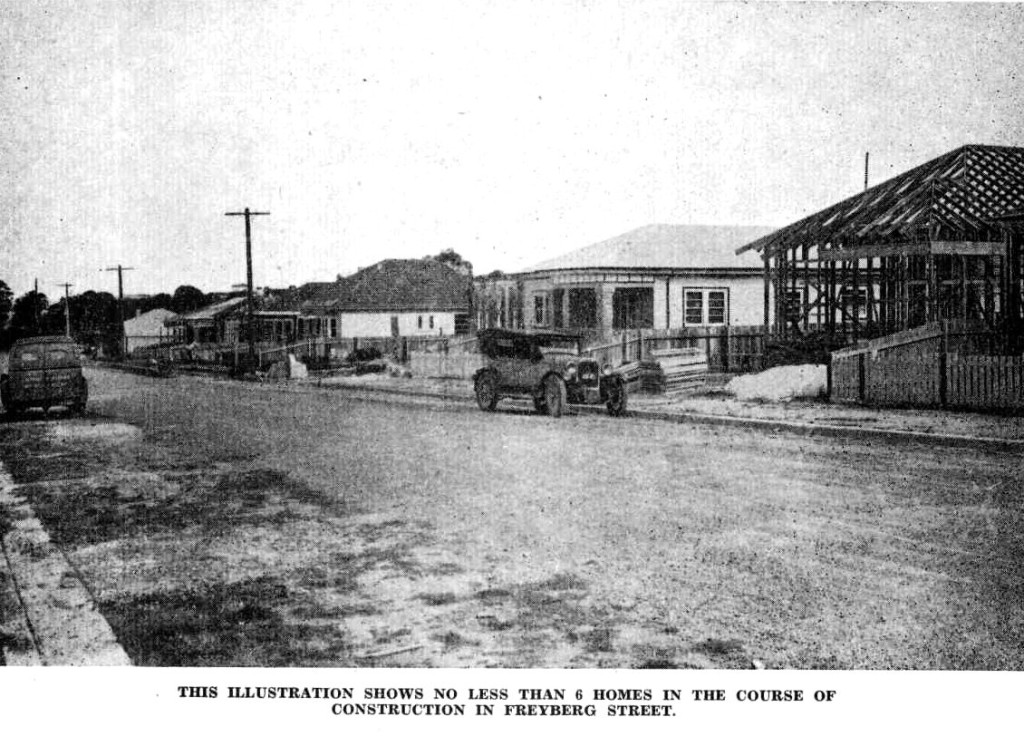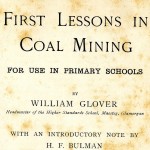 My latest article for the Lambton Local is out, this month on the “Mosquito Pit” of the Lambton colliery.
My latest article for the Lambton Local is out, this month on the “Mosquito Pit” of the Lambton colliery.
In the course of preparing the article I came across an interesting and instructive book about coal mining from 1906 in the University of Newcastle Cultural Collections archive. Interestingly this textbook “First Lessons In Coal Mining” is subtitled “For Use in Primary Schools” – which highlights how much our industrial economy and educational curriculum has changed in the last 110 years!
In an introductory note to the book, H.F. Bulman writes
“Coal mining is peculiarly suitable in every way to be a subject taught in the schools of mining districts, as a matter of most practical concern to the children, and as being well fitted to draw out their metal powers. And the dangers and difficulties which need to be encountered in the getting of coal, demanding as they do courage and self-devotion, supply that element of the heroic which will naturally appeal to a healthy-spirited boy, and call out the finer qualities of his nature.”
I wonder if there are any subjects in the modern school curriculum that can “supply that element of the heroic”?
The University of Newcastle archive has each double page of the book as a separate scanned image. For convenience of reading I have collected the pages into a PDF document: First Lessons In Coal Mining.pdf


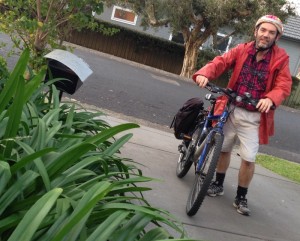 The NSW government is introducing in March this year some
The NSW government is introducing in March this year some 